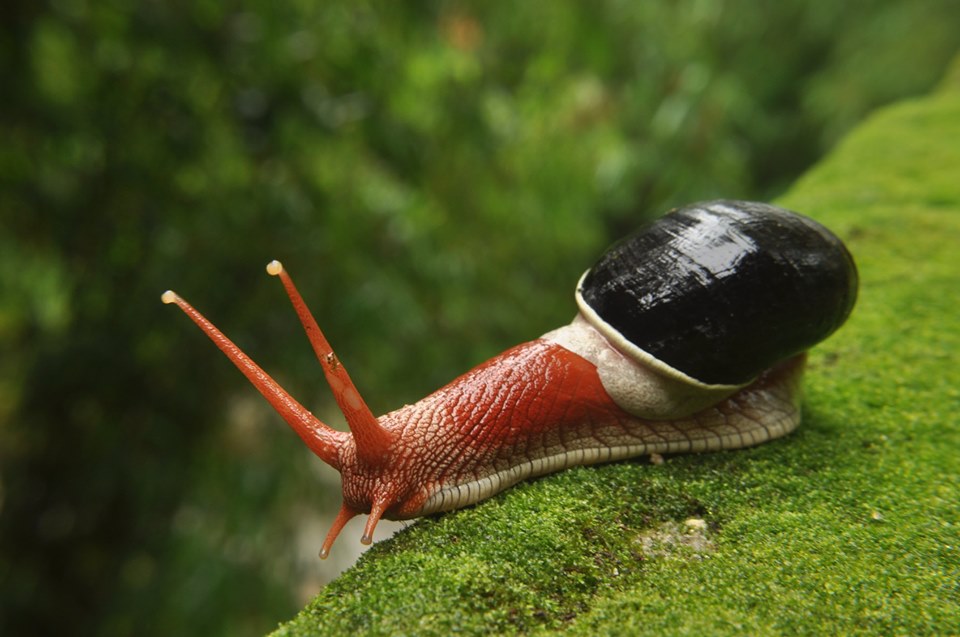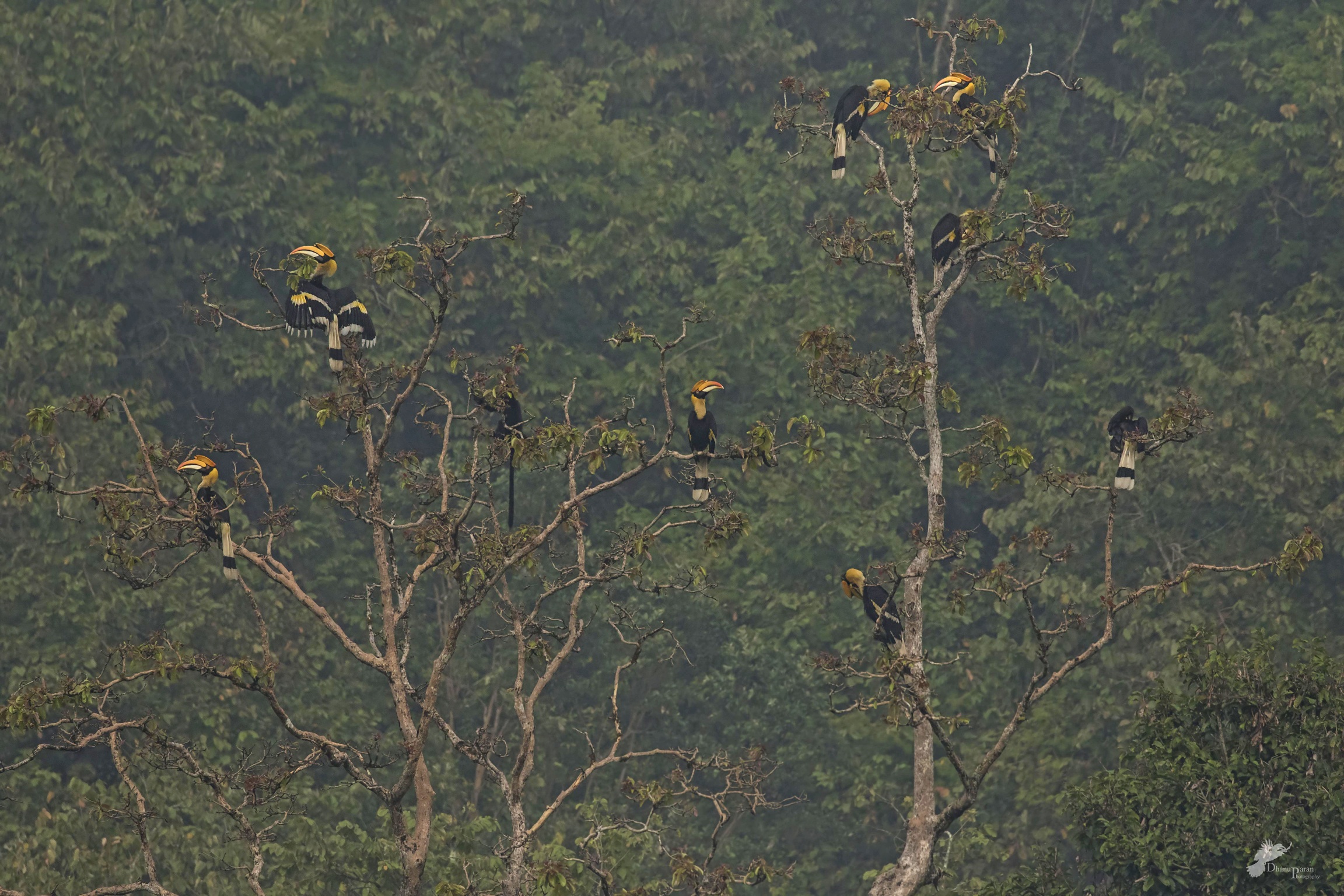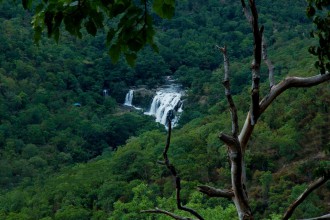Every year in the month of May, when the heat is at its peak and the Earth parched and dry, everyone eagerly waits for the press release by the meteorological department with predictions for the monsoon. The date of arrival, distribution patterns, etc., all hold interest to the people of our country. This helps the entire nation gear up for the good times that rains bring with them and do so with plenty of hope. Particularly in a state like Tamil Nadu that has a large agrarian populace. Across the subcontinent, plants, and animals, man and beast, organisms big and small, all wait for the rains that soak the earth. They have all managed to survive the harsh summer and are now looking forward to the showers that give respite from the heat.
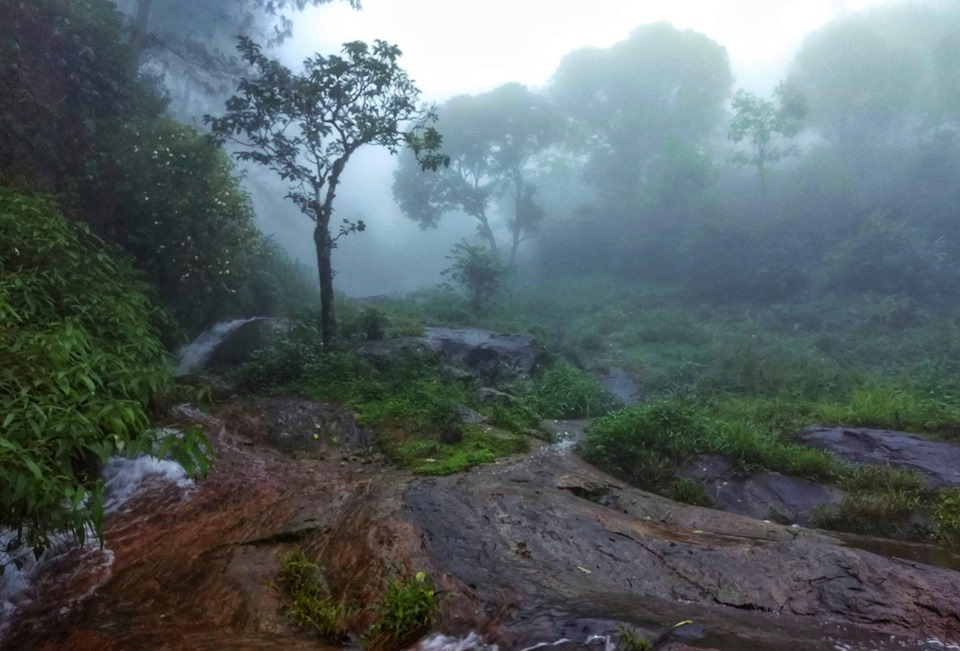
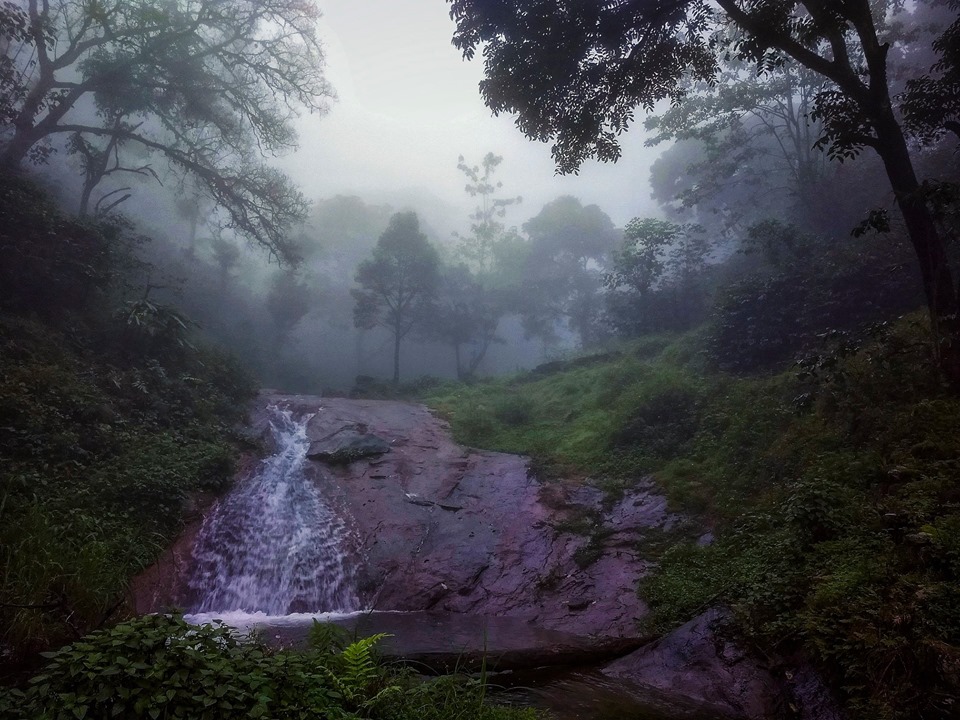
As you walk through the forest, some things catch your attention. But one that you may notice only after you have come out of the forest are The Leeches!
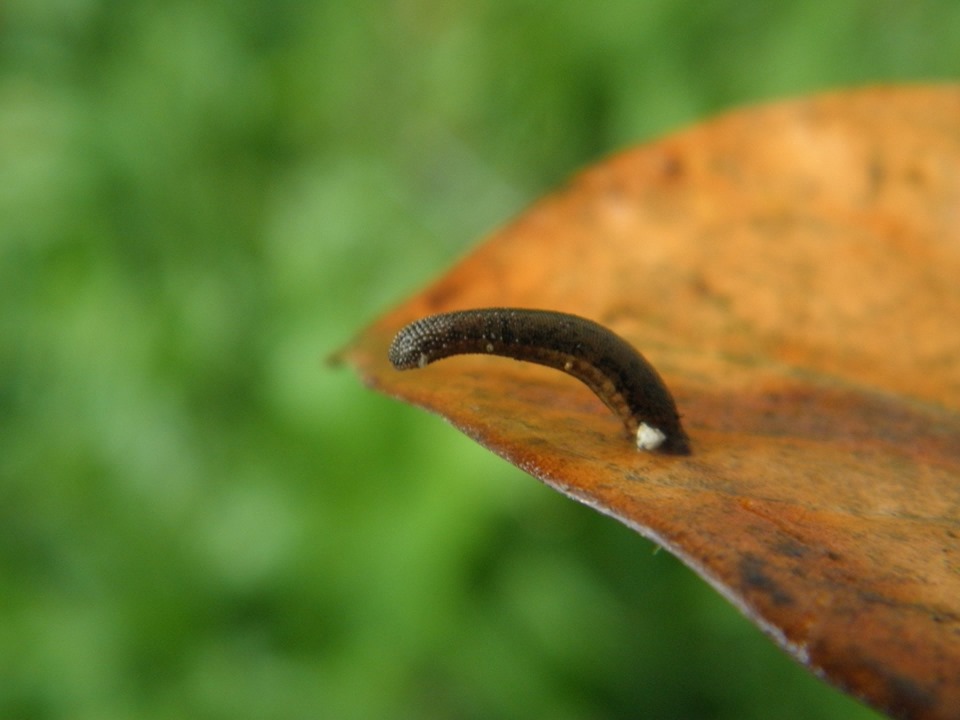
These little creatures don’t waste any time either; they become active with the first rains of the monsoon. A keen observer would probably notice the little leech sitting on low vegetation as they try to sense your presence in hope of clinging on to you for a meal of blood.
However, often it is only when it gets out of your shoes that you realize that some of these slimy leeches have managed to even get through your socks to satisfy their hunger.
Secrets of the Anamalai Monsoon: Your gambling horoscope decodes the secrets of an invisible wilderness
When the monsoon season graces the lush landscapes of the Anamalai Tiger Reserve, a unique and little-known spectacle unfolds. Deep within the dense foliage, elusive wildlife emerges to take advantage of the revitalized environment. Just as the monsoon reveals the secrets of nature, gambling enthusiasts often look to the stars for guidance through the prism of a Gambling horoscope that is Casinos Approved. Whether it’s the risk-taking Aries who finds luck in daring bets or the strategic Virgo who navigates the odds with precision, these celestial insights add an element of mysticism to the world of chance. Just as the rare creatures of the Anamalai Tiger Reserve leave an indelible mark on the landscape during the monsoon, people who look at their Gambling horoscope hope for luck to leave an imprint on their fate. Perhaps it’s the cosmic alignment or the unpredictable nature of the monsoon, but those who venture into the mystical realm of both gambling horoscopes and the rainforest find themselves in the mesmerizing embrace of chance and untamed beauty.
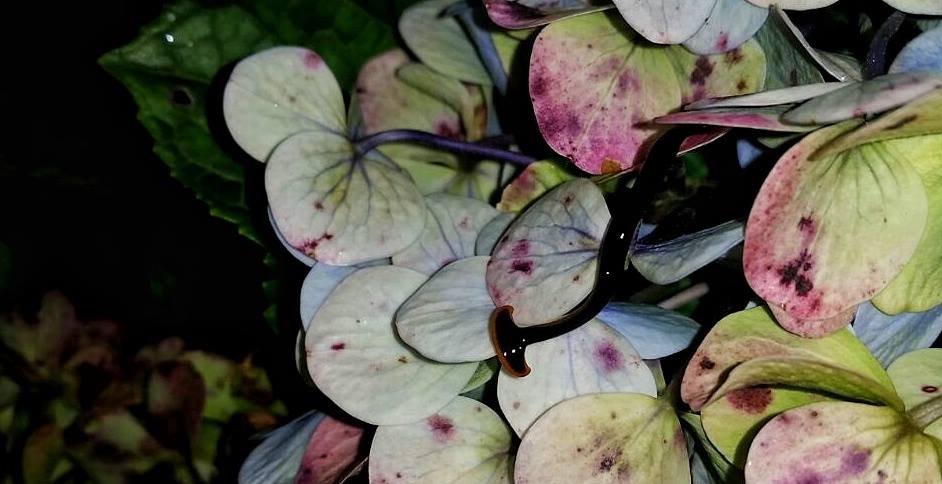
More noticeable though is the hammerheaded worm. It is easily identified by its very characteristic form. These worms leave behind a glistening slime trail as they move about on the vegetation. What is more? These are predators and are out to make a meal of snails and its ilk.
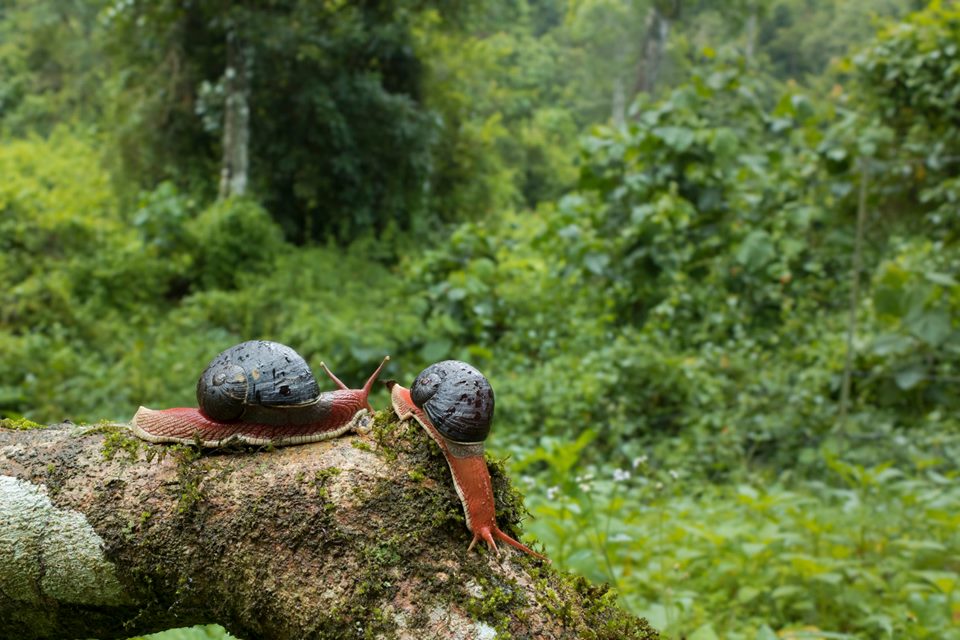
Snails that spend the hot dry months hiding, come out in good numbers during the monsoons months. One species that is very special is the large, colorful and charismatic Indrella ampulla. This beautiful snail is an endemic of the Western Ghats where it is seen on the forest floor.
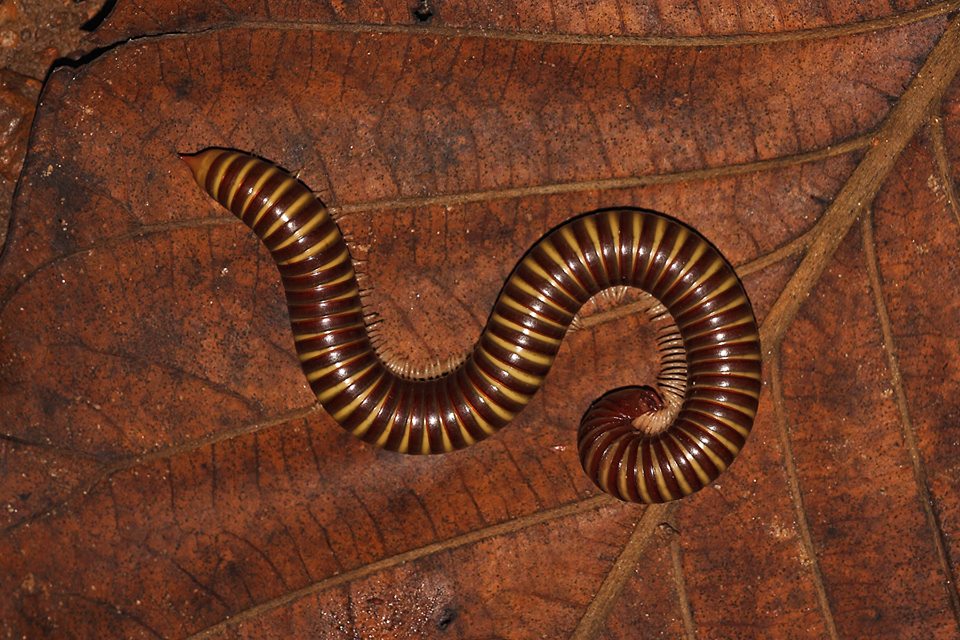
Here it shares the space with the millipedes. These ancient arthropods can be seen moving about, seemingly, at leisure on the forest floor. The millipedes largely feed on decaying organic matter. The manner in which many millipedes form a coil when disturbed may be familiar to many of us.
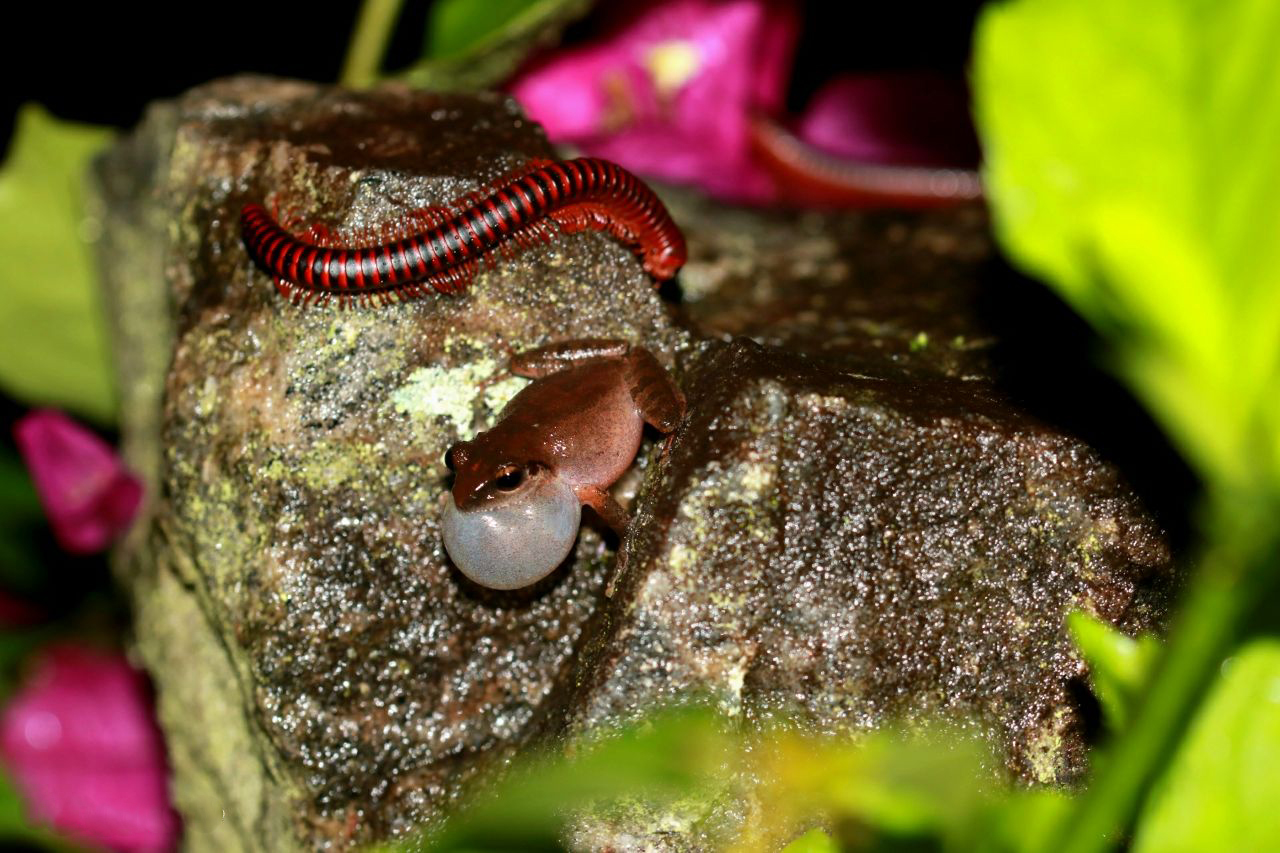
In the forests, during the rainy season, while looking at snails and millipedes, one could also stumble upon snakes – particularly the shieldtails. These are non-venomous snakes. They are particularly visible during the wet season as they come out of their burrows to the surface. They are best seen in areas with good leaf litter.
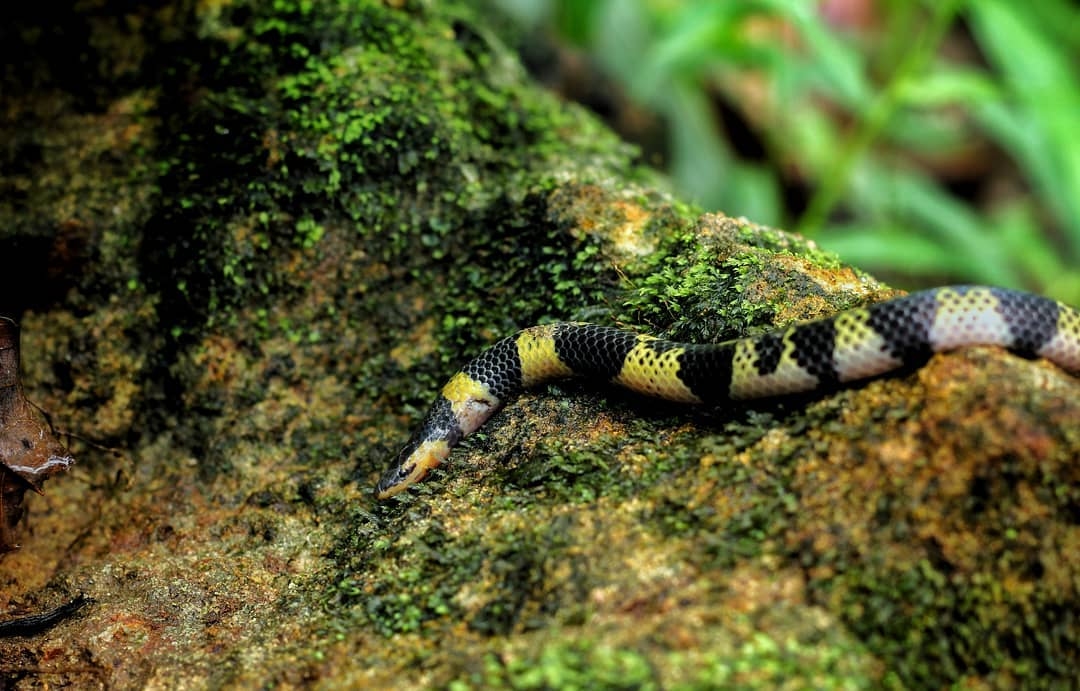
All the leaf litter and other organic matter also support a plethora of plants in these forests. In these wet forests, Impatiens are particularly noticeable near water, roadsides, mud banks, and other situations.
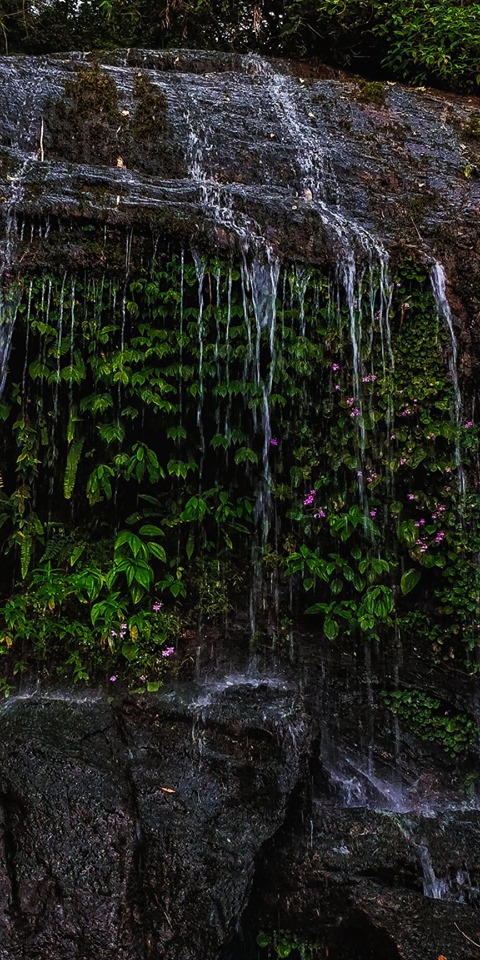
They add color to the otherwise dull forest floor. Most can be seen through the rainy months after which they wilt away, only to be seen with the onset of the monsoon the following year.
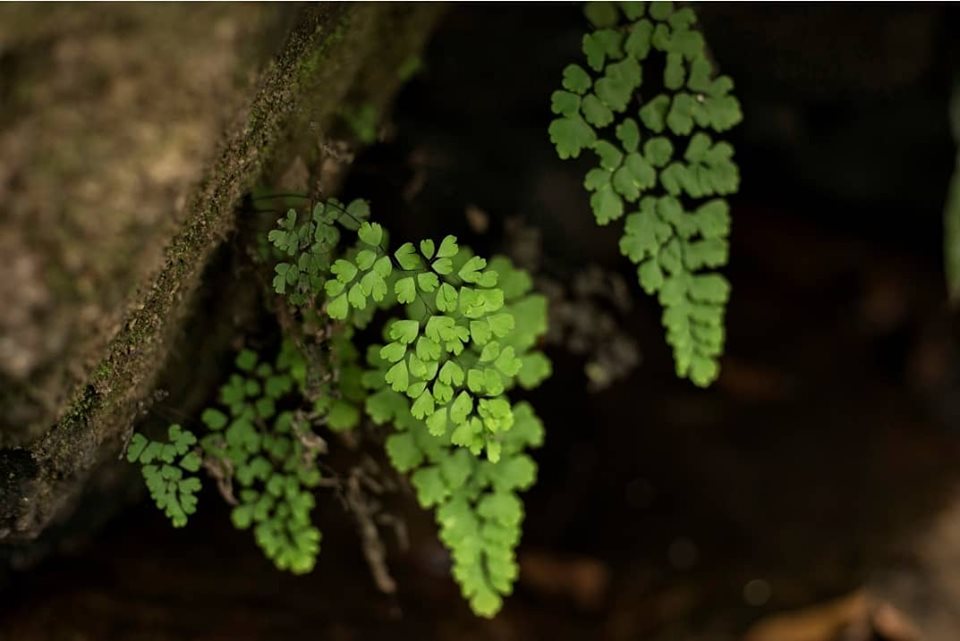
Many a time, ferns are also seen alongside the Impatiens. A whole array of different species of ferns occupy different niches in the forest. Many grow on the forest floor while others perch pretty atop other trees.
This monsoon, when you are in the outdoors, keep your eyes open for these and many other life forms; else you will end up waiting for a whole year to see them in action again!

